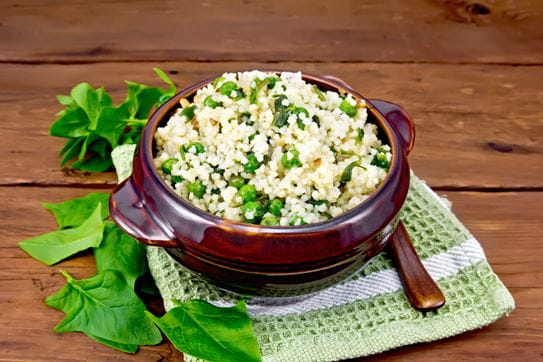
Our bodies need some salt to help maintain our balance of water and keep us hydrated. But how much salt is too much? Health Canada recommends that most Canadians consume 1,500 milligrams (mg) per day and not exceed 2,300 mg per day, which is the equivalent of just over 1 teaspoon of salt.
It’s important to watch out for hidden salt – sometimes known as sodium - because eating too much salt and salty food may increase your risk of stomach cancer. Here are 5 tips to help you eat less salt:
-
Read nutrition labels - Look for foods that have less than 5% DV (daily value) of sodium. Choose foods that are labelled sodium-free, low-sodium, reduced (or less) sodium or unsalted.
-
Limit preserved, packaged and processed foods - Preserved foods like salted fish and meat and pickled foods are very high in salt. Packaged and processed foods may also be high in salt. Eat them in small amounts and only once in a while.
-
Cut down on sauces and condiments - Worcestershire and soy sauce are typically high in salt. Even condiments like ketchup contain a lot of salt.
-
Remove the salt shaker from the table - If it’s not handy, you’ll be less likely to add extra. Always taste food first before choosing to add salt.
-
Remove or reduce salt in recipes whenever possible - For plenty of flavour, replace salt with herbs, spices and citrus.
For a refreshing low-sodium side dish, try this recipe for peas and beans pearl couscous. The fresh herbs and spices in this summer salad bring so much flavour, you won’t miss the salt!
Ingredients
- 3/4 cup Pearl or Israeli couscous
- 6 oz each yellow and green beans, trimmed
- 1 1/2 cups fresh shelled peas
- 1 tbsp extra virgin olive oil
- 3 tbsp cider vinegar
- 1 large clove of garlic, minced
- 2 tbsp Dijon mustard
- Pinch of salt and pepper
- 2 tbsp chopped fresh parsley
- 2 tbsp chopped fresh mint and basil
Instructions
Help create a future without cancer
With support from readers like you, we can continue to make a meaningful impact for people affected by cancer.
We are determined to increase survival, stop cancer before it starts, and improve lives. But we can’t do it without you.
If everyone reading this gave just $5, we could achieve our goal this month to fund the most promising research, compassionate support and transformative advocacy. Please give today because every contribution counts. Thank you.
